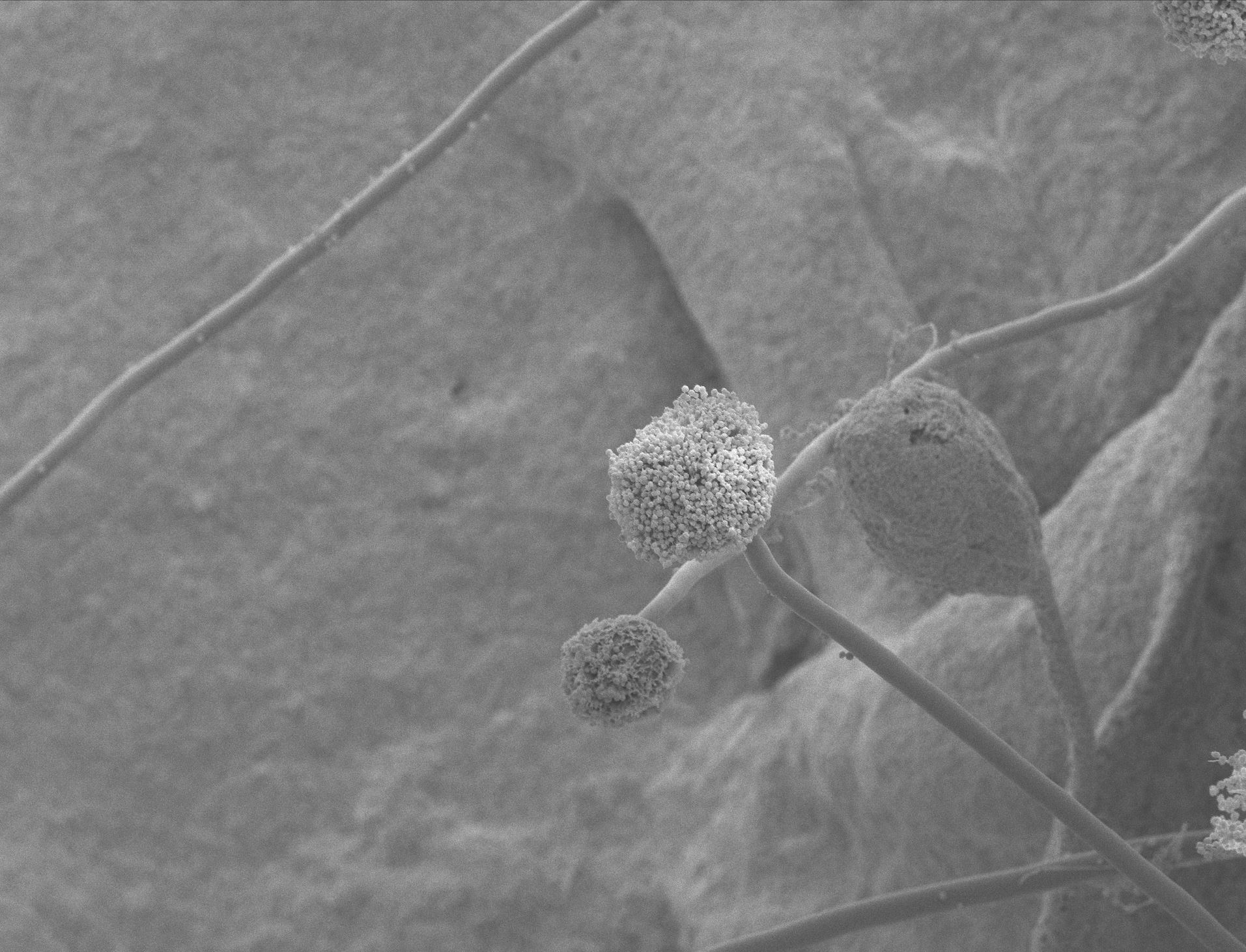Important considerations for understanding and addressing the threat of mold
Commercial cannabis cultivators face a variety of threats to their crops. But perhaps none is as dangerous, and yet misunderstood, as cannabis mold. States like Colorado, long looked to as the standard bearer for the commercial cannabis market in the U.S., are facing an extreme biosecurity challenge thanks to mold and similar threats to plant health. Recent news reports of product recalls in that state due to suspected mold problems has led many consumers to be more cautious with their purchases and companies scrambling to battle serious threats on both the cultivation floor and court of public opinion. For example, while commercial cannabis operators in other states have long battled issues with Aspergillus, Colorado recently added that particular mold to its required microbial testing for commercial cannabis due to a significant uptick in Aspergillosis infections.
A typical first step in understanding how to combat a threat is to identify and assess the threat. Unfortunately, when it comes to assessing the potential for mold outbreaks in commercial cannabis, there are inconsistent testing standards utilized. This can be especially troublesome for large MSOs as the lack of federal regulation leads to inconsistent microbial testing standards. This helpful summary from Medicinal Genomics outlines the current regulations by state and is a perfect illustration of the challenges facing cultivators with a national footprint.
Further contributing to the problems facing cultivators is the fact that, currently, mold testing in commercial cannabis is primarily, if not exclusively, focused on testing the actual product rather than testing the air to determine the extent of mold present. While microbial testing of the cannabis flower can be helpful to prevent tainted products from getting to the market, by the time tests are failed, it is often too late to catch a mold outbreak in time to save that harvest. In contrast, air sampling for mold, which reports results as colony-forming units per cubic meter of air (CFU/m3), can actually help cultivators understand their mold-risk profile and, ideally, take preventative action to prevent an outbreak.
Relying solely on plant sample microbial testing, many commercial cannabis companies turn to expensive mold remediation equipment like x-ray emitter machines. As these systems treat cannabis flowers after they have already been infected with mold, they don’t do anything to actually minimize current mold outbreaks or reduce the risk of further issues. Addressing mold before it becomes a problem requires ensuring strict adherence to proper procedure and protocols and incorporating preventative treatment like air purification.
When implemented as part of an overall plant health strategy including proper environmental controls and monitoring, air purification in grow rooms can be a preventative measure to help stop the spread of mold before it potentially impacts customer health and company profits. As an advocate of this proactive approach to biosecurity, Byers Scientific has partnered with Dutch air purification leader, VFA Solutions, to bring its patented, proven electrostatic precipitation and filtration technology to the North American commercial cannabis market. VFA’s ASPRA® air purification systems have been tested and demonstrated to address microbial threats like mold with reasonable installation and operation costs. ASPRA® allows for HEPA-level filtration without the need for traditional high resistance fiberglass filters which require frequent replacement. Further, rather than only trapping mold spores and other airborne pathogens, ASPRA® actually deactivates biological particles prior to collection on the system’s proprietary collector filter. Boasting a removal efficiency of up to 99.98%, ASPRA® can be a valuable biosecurity tool for commercial cannabis operators.


